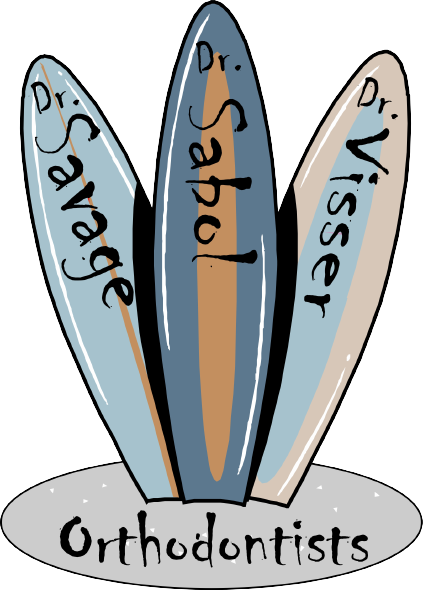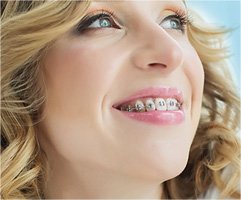Throughout our lives, our teeth grow and change, fall out and push in. So many changes happen to our teeth from birth until death! Here’s how your teeth grow and expand in your mouth.

Birth of a Tooth
Babies are born with all the teeth they will need in life; you just can’t see them right away. In fact, the teeth start forming at just six weeks in the womb, making connections with the roots and jaws. There are 10 “buds” on top and 10 on bottom, each of which will develop into a baby tooth later on.
Between two and four months old after birth, those teeth will start to erupt from the gums, which can be very painful for babies. It may take several months to see the first bits of white pop through the gums, but the process is going on under the surface. These baby teeth serve a big purpose: they hold the place for adult (or permanent) teeth which will come in later in childhood.
Losing the Baby Teeth
Soon your child will outgrow the need for baby teeth because he or she needs larger teeth for chewing more complex foods. Around the age of six to eight, the adult teeth start pushing onto the roots of the baby teeth. The baby teeth, one at a time, will become loose and fall out, prompting a visit from the Tooth Fairy. After losing the tooth, it can take six months for the adult tooth to finally descend into place.
Wisdom Teeth
Molars will eventually grow into the back of the mouth, with the first set at age six and the second at age 12, says NPR. The third set of molars come in during the teenage years, and can be very painful. At the very least, they can crowd the other teeth and pose a risk to the future of your oral health.
Sometimes that last set of molars (called wisdom teeth) gets impacted, which means they start to turn in sideways because they are so cramped. Sometimes they even get infected. That’s why so many people (usually around the age of 18 or so) have to get their wisdom teeth removed.
Aging Teeth
From that point on, you have all the teeth you will need, provided you take care of them. With the aging process, however, comes higher risk for cavities, root canals, receding gums, enamel wear, and exposed tooth roots. Also as we age, we stop producing so much saliva, which previously was useful in washing away the excess bacteria in our mouths. As a result, tooth decay can occur, plus the teeth may get brittle and break more easily.
Periodontal disease is common in older adults, which involves the decay of the tooth’s surrounding tissues. While the tooth itself may be OK, the bone and gum may become infected and cause you to lose that tooth. Infected teeth and gums can even put you at increased risk of heart disease. Of course, there are plenty of dental appliances today that can simulate the appearance of the natural teeth, such as dental bridges, veneers, and crowns.
In order to keep your teeth healthy from birth to late adulthood, it’s necessary to brush and floss every day, eat healthy foods, and see your dentist every six months. Crooked teeth make it even harder to clean your teeth and gums. Why not call us today to make an appointment?











